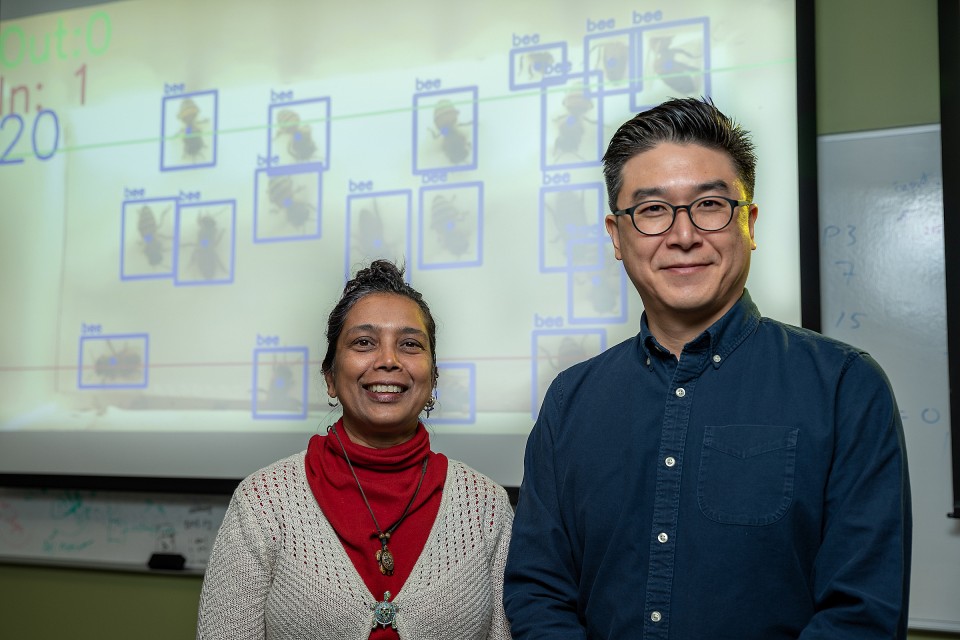Covert Computation in Self-Assembled Circuits
Document Type
Article
Publication Date
8-2-2019
Abstract
Traditionally, computation within self-assembly models is hard to conceal because the self-assembly process generates a crystalline assembly whose computational history is inherently part of the structure itself. With no way to remove information from the computation, this computational model offers a unique problem: how can computational input and computation be hidden while still computing and reporting the final output? Designing such systems is inherently motivated by privacy concerns in biomedical computing and applications in cryptography. In this paper we propose the problem of performing “covert computation” within tile self-assembly that seeks to design self-assembly systems that “conceal” both the input and computational history of performed computations. We achieve these results within the growth-only restricted abstract Tile Assembly Model (aTAM) with positive and negative interactions. We show that general-case covert computation is possible by implementing a set of basic covert logic gates capable of simulating any circuit (functionally complete). To further motivate the study of covert computation, we apply our new framework to resolve an outstanding complexity question; we use our covert circuitry to show that the unique assembly verification problem within the growth-only aTAM with negative interactions is coNP-complete.
Recommended Citation
Cantu, A.A., Luchsinger, A., Schweller, R. et al. Covert Computation in Self-Assembled Circuits. Algorithmica (2020). https://doi.org/10.1007/s00453-020-00764-w
Creative Commons License

This work is licensed under a Creative Commons Attribution-NonCommercial-Share Alike 4.0 International License.
Publication Title
Algorithmica
DOI
10.1007/s00453-020-00764-w



Comments
Copyright © 2020, Springer Nature. Original published version available at https://doi.org/10.1007/s00453-020-00764-w